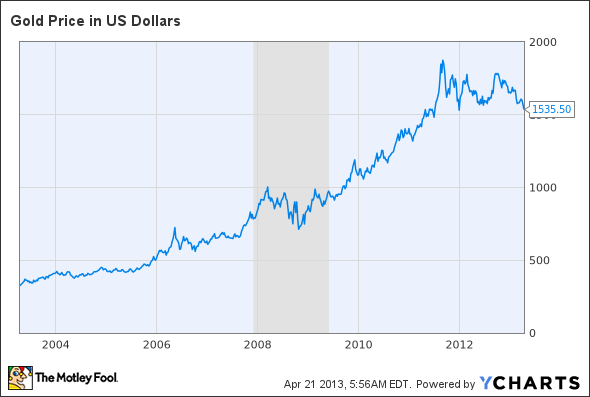In this short article I will discuss the basic mechanics of the biggest financial crime in the history of the United States and some elements of how this crime, conducted by the Federal Reserve System, is cheating all Americans every day out of the wages which they receive for their labor. A future article will discuss how the savings which Americans are putting aside for their future are being slowly and steadily stolen by this same group. But there is first a even more important question to ask : While you have recently seen the media discuss the financial scandal regarding the Enron corporation why haven’t you heard one word about what I am about to discuss which in size makes Enron look like a ant compared to Mount Everest?
From the beginnings of our nation there was a great debate and battle over many years regarding a basic question of how the nation will function : Who shall issue the money of the nation? The answer to the question of who shall issue ( make ) the money of the nation boiled down to 2 possibilities –
- The government shall use the sovereign powers granted to it via the Constitution to issue money.
- A private corporation, established via legislation, shall take over the function of issuing money.
While a fuller understanding of the history of the battles over this issue can be found at the various forums and websites to which we will refer you to for greater information the quickest summation of the answer to the problem is that :
- Government issue of money is constitutionally, monetarily, and financially the soundest policy for the prosperity of the nation.
- The issuance of the money of the nation by a private corporation leads to the draining of the resources of the nation to the private corporation which controls the issuance of money.
The summated result of this action is that the private corporation, unaccountable to the people of the nation, controls the nation as it controls the flow of money within the nation. As part of a mountain of evidence that the private corporation controls the nation I refer you now to the following website : http://www.algaoaktree.com/MoneyMenu.htm
You will be taken to a website which has the best explanation of the money situation that I know of and it is here where you will learn of the total corruption of the Federal Reserve System, the private corporation which currently controls the issuance of money within our nation.
Please take your time and read the many extremely well written articles at this site completely. After reading the articles on this site you may ask one of the questions which I did upon learning the truth of our monetary system : Even though the subject of money is a somewhat technical one, why isn’t the information found on this site more well known to the citizens of our nation?
——
Click below for the full article.
http://www.silverbearcafe.com/private/09.13/criminalfed.html

